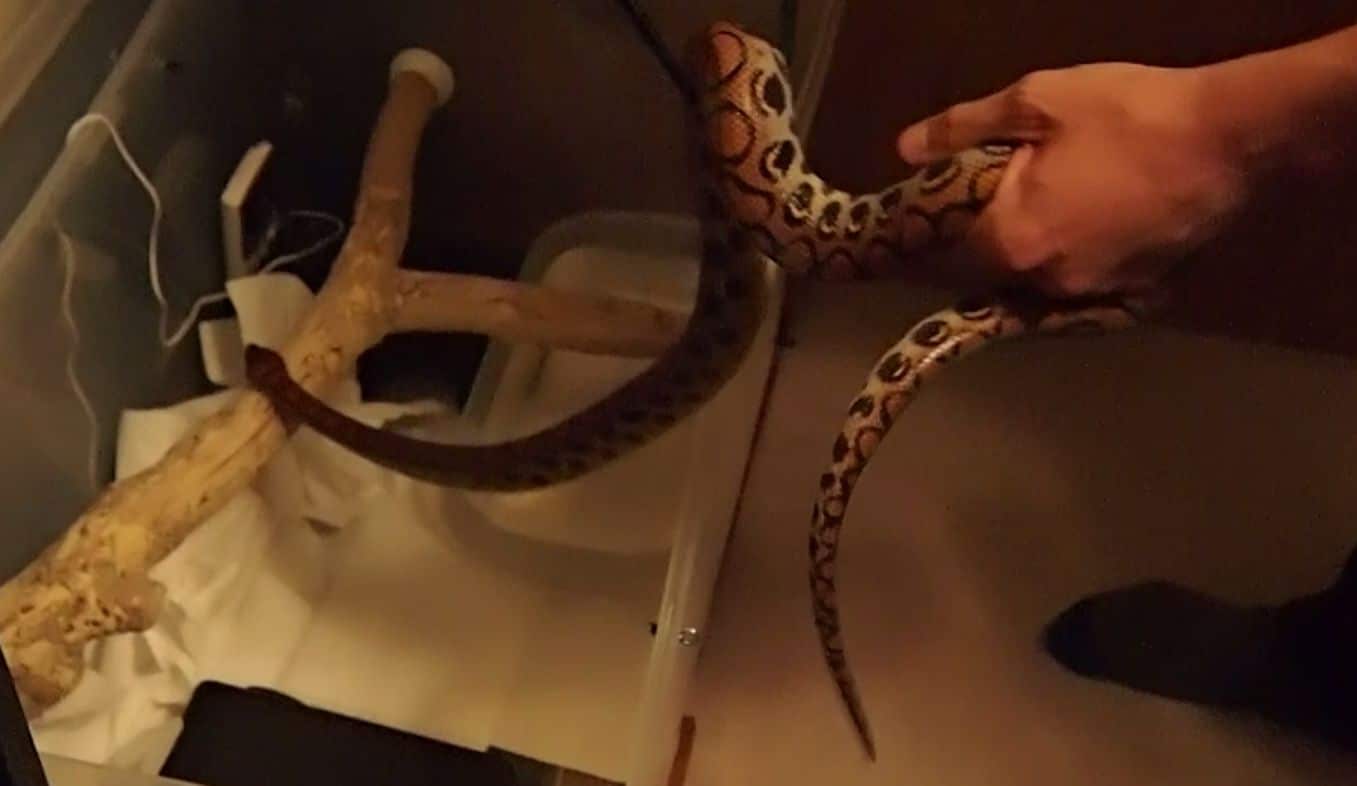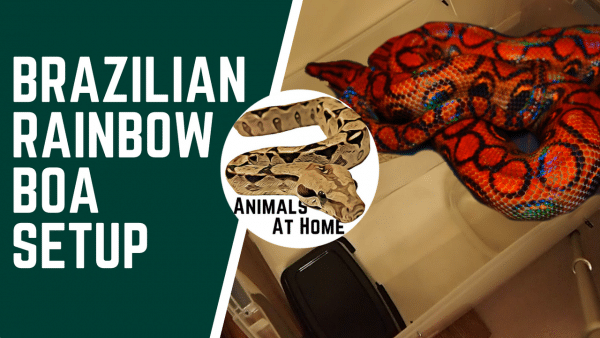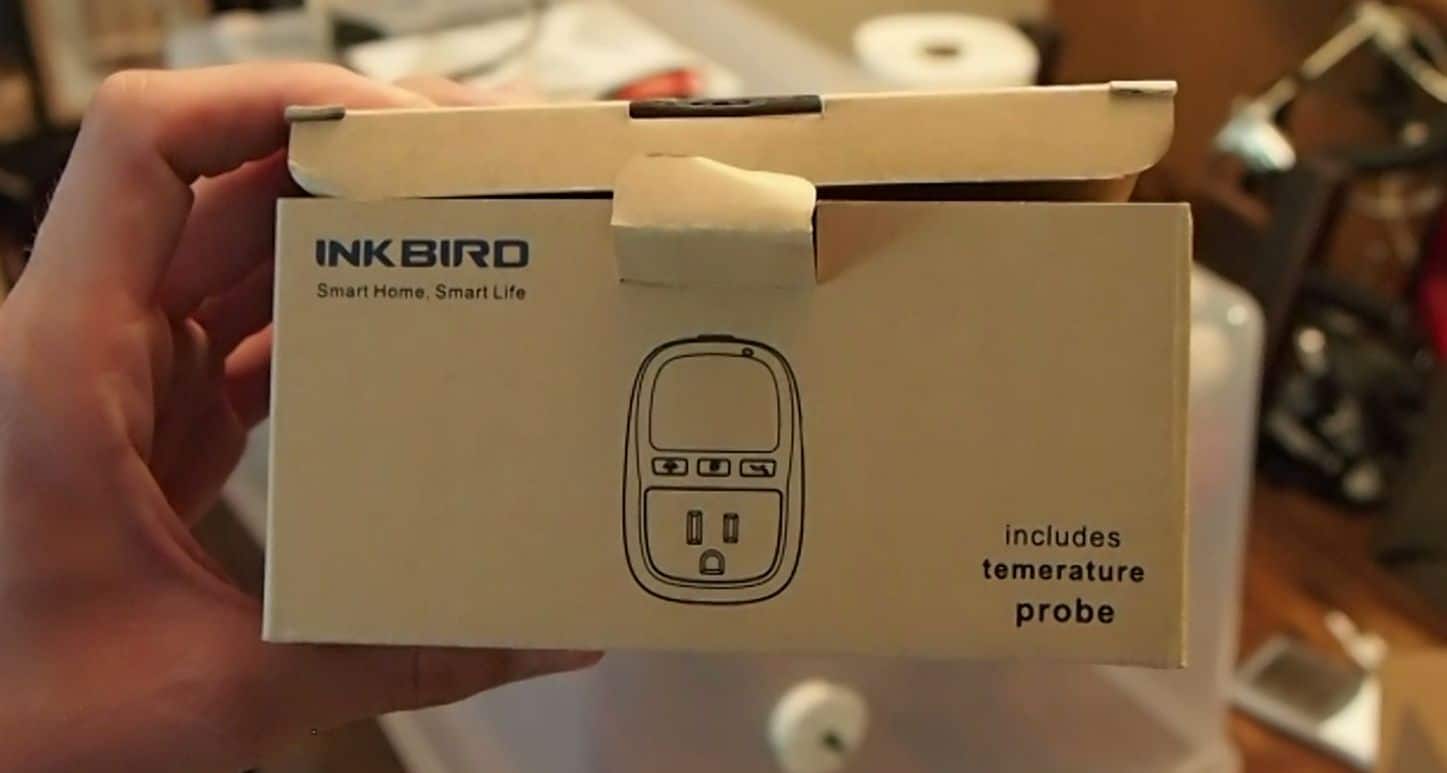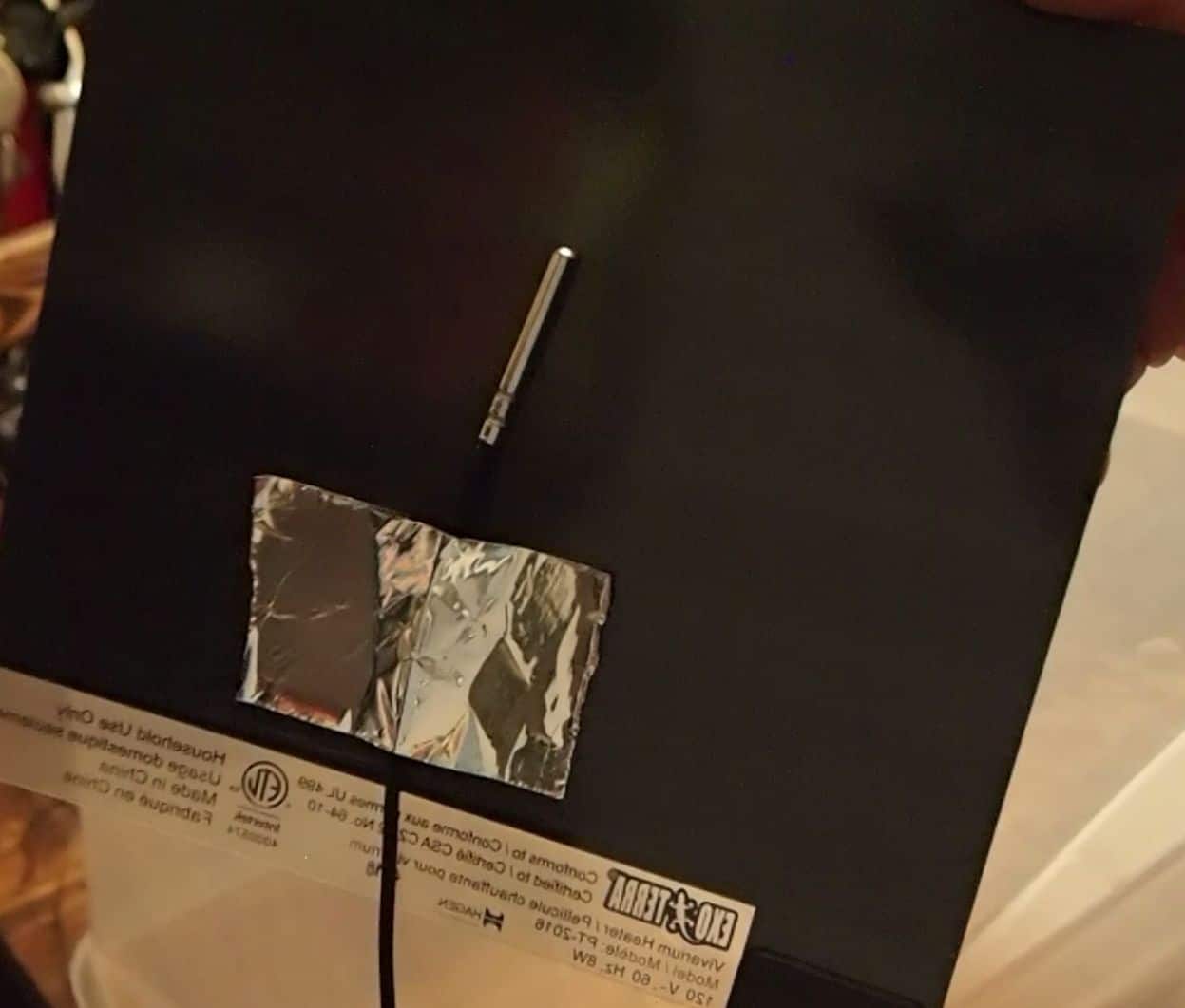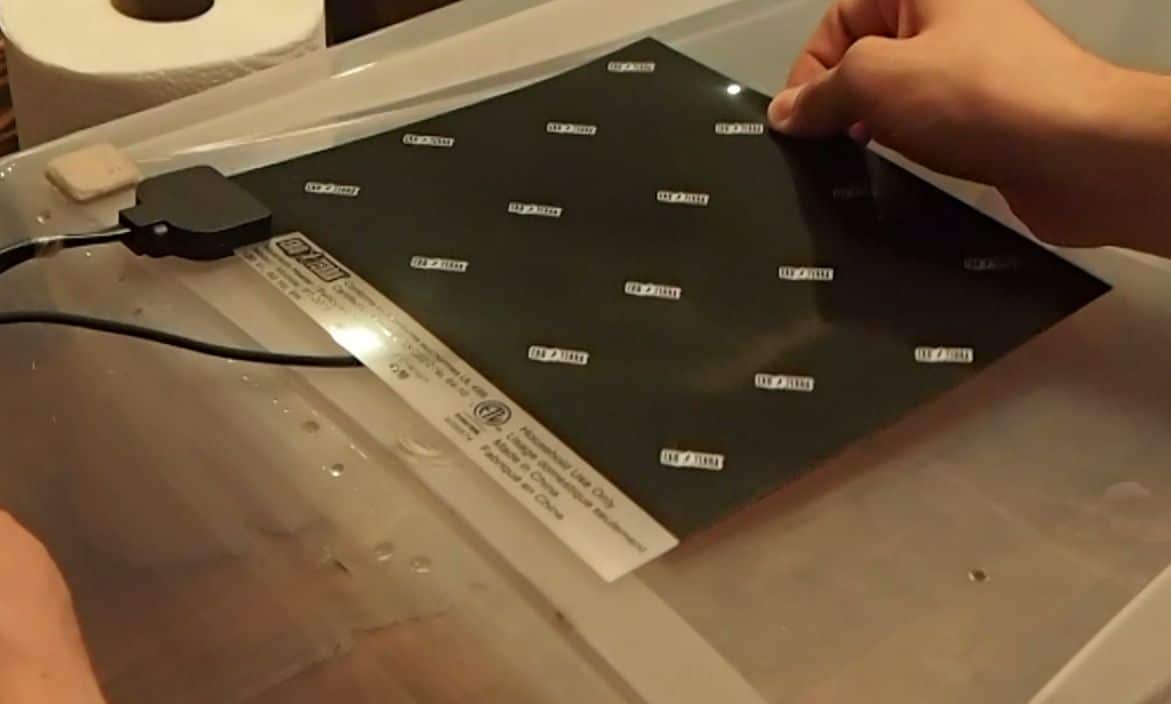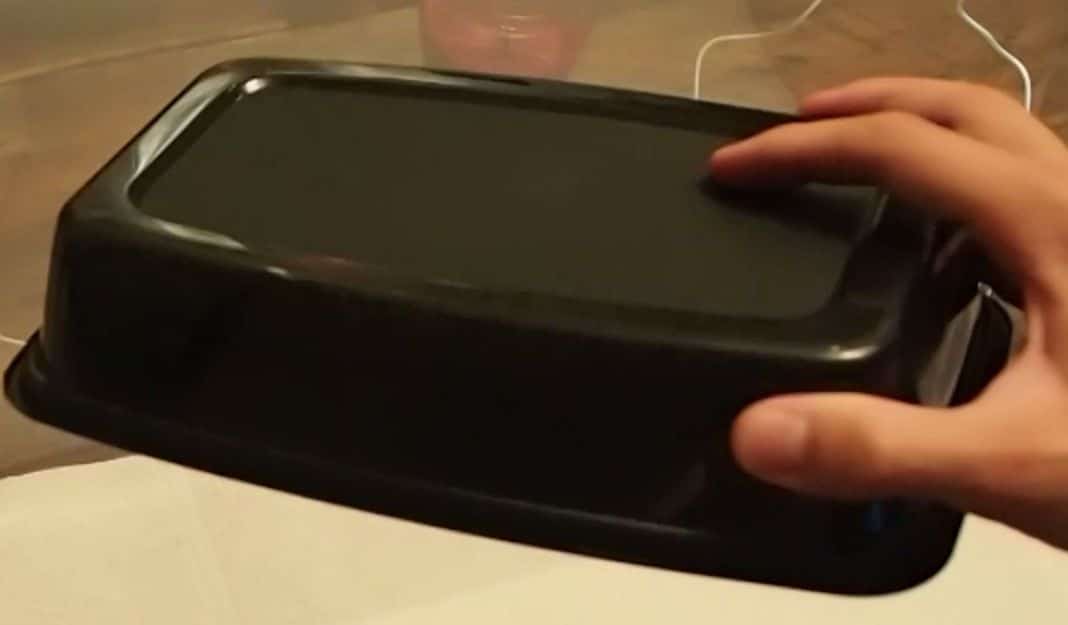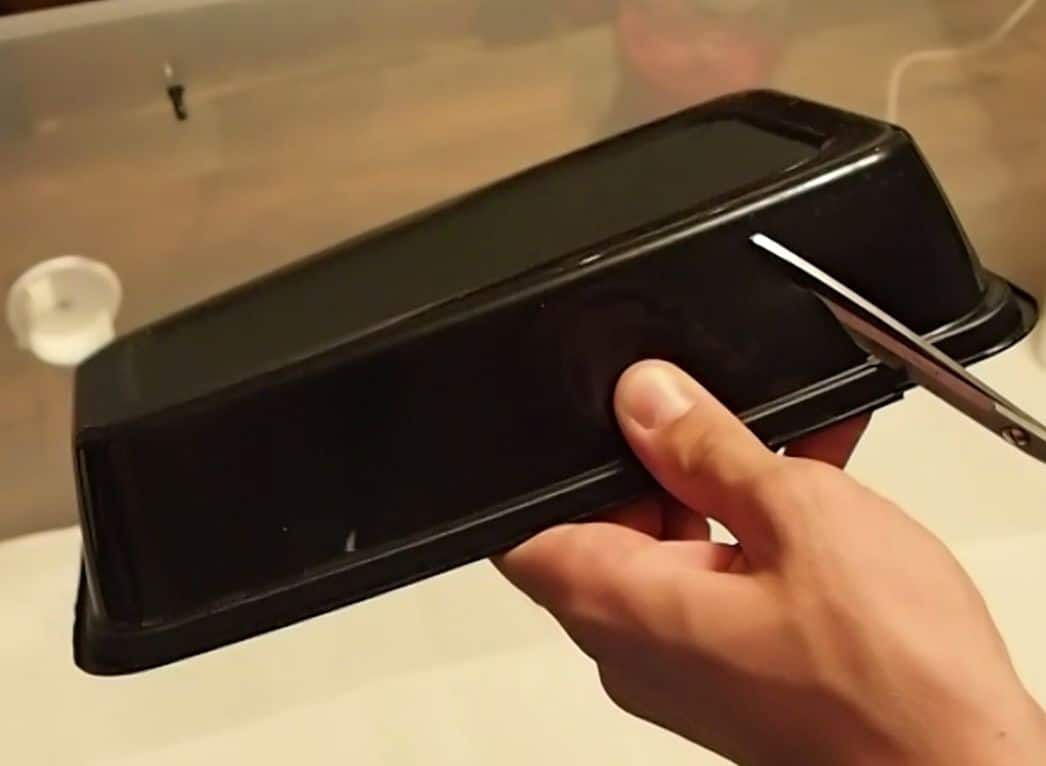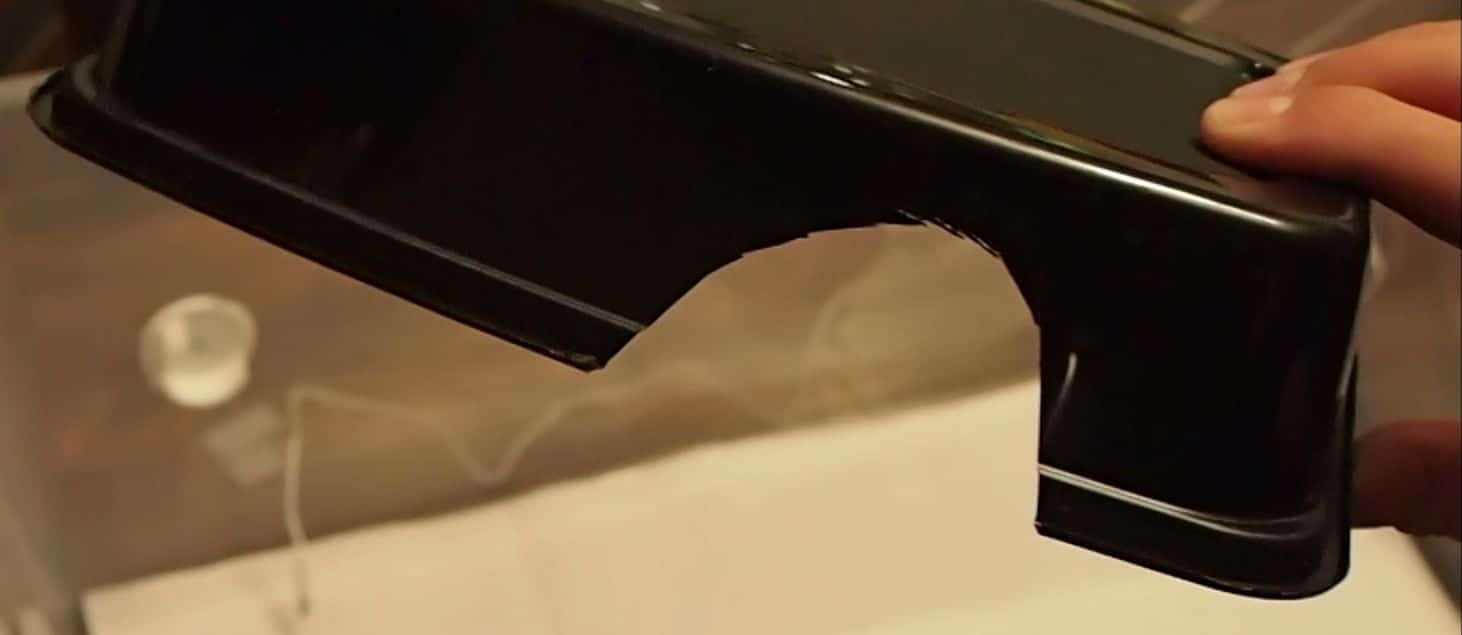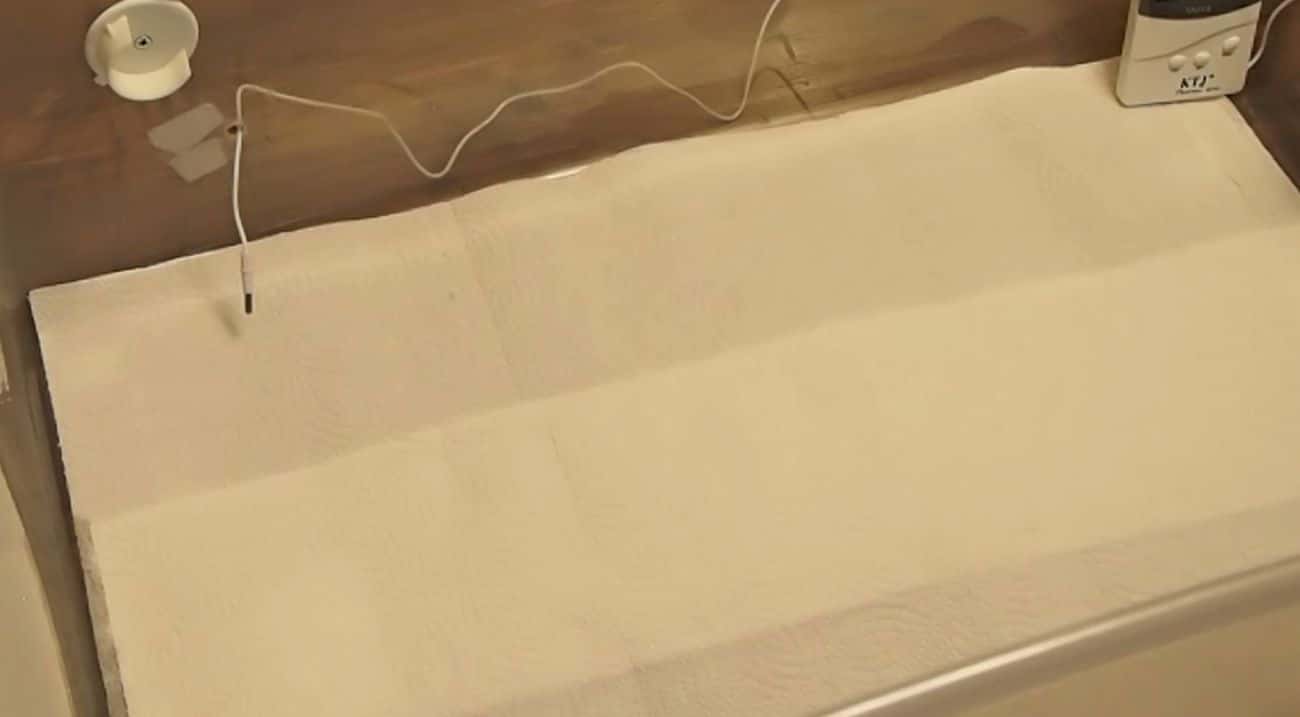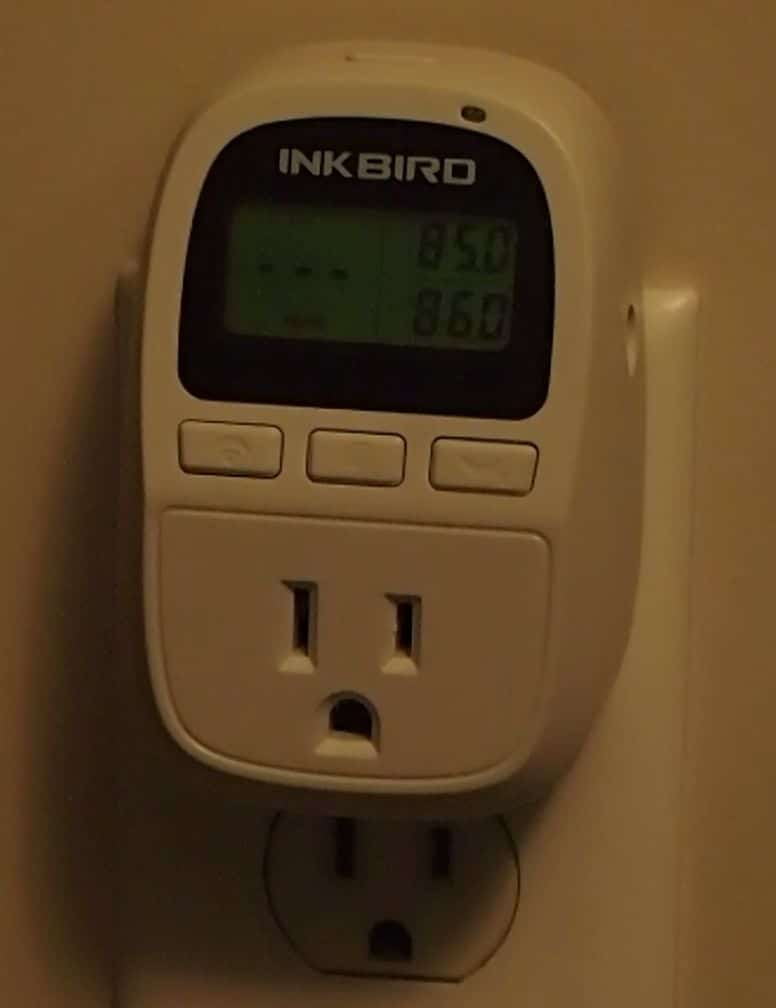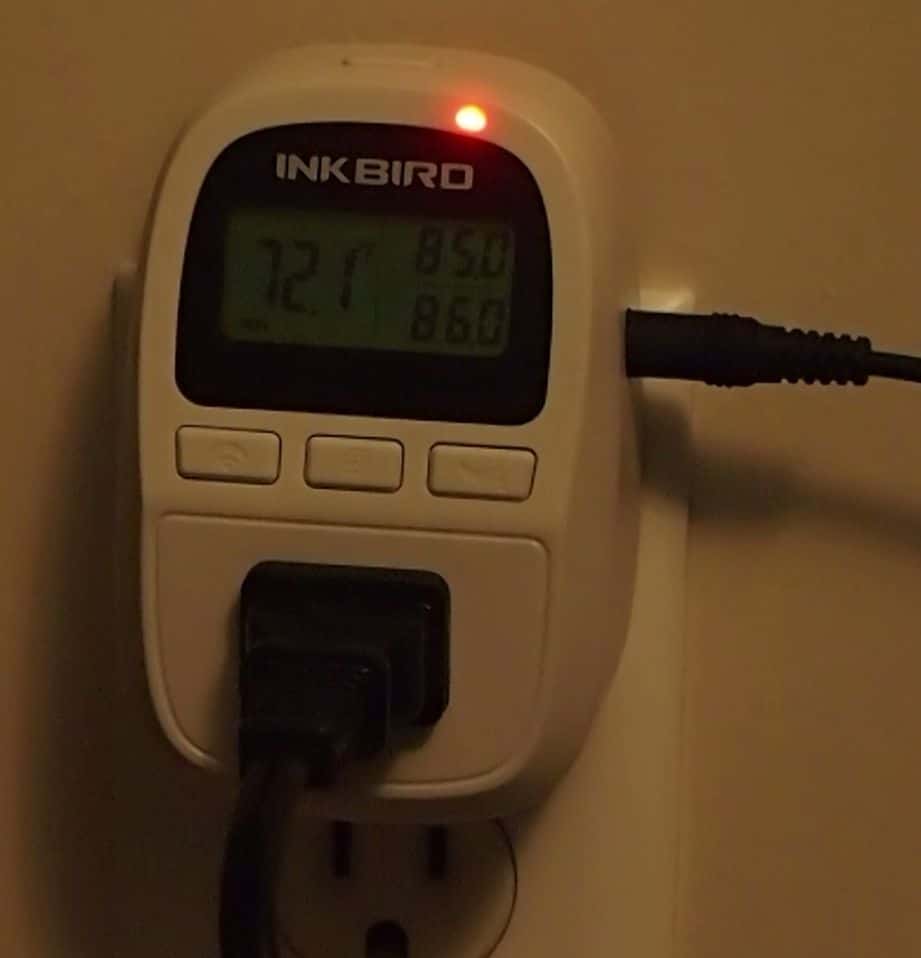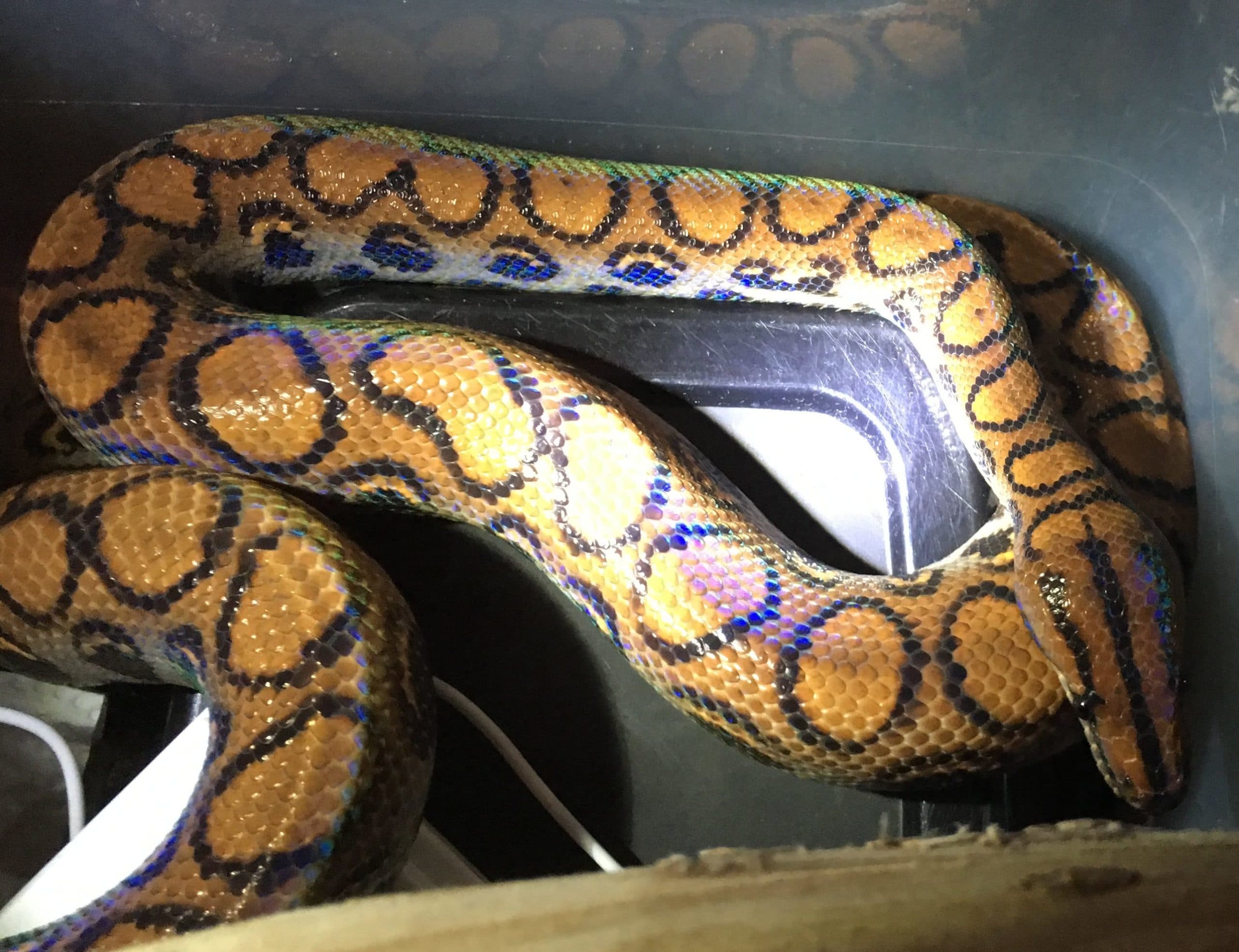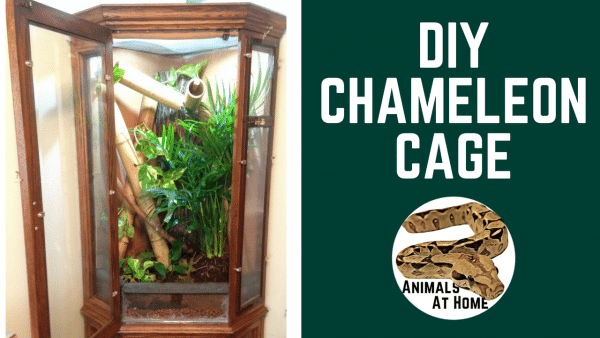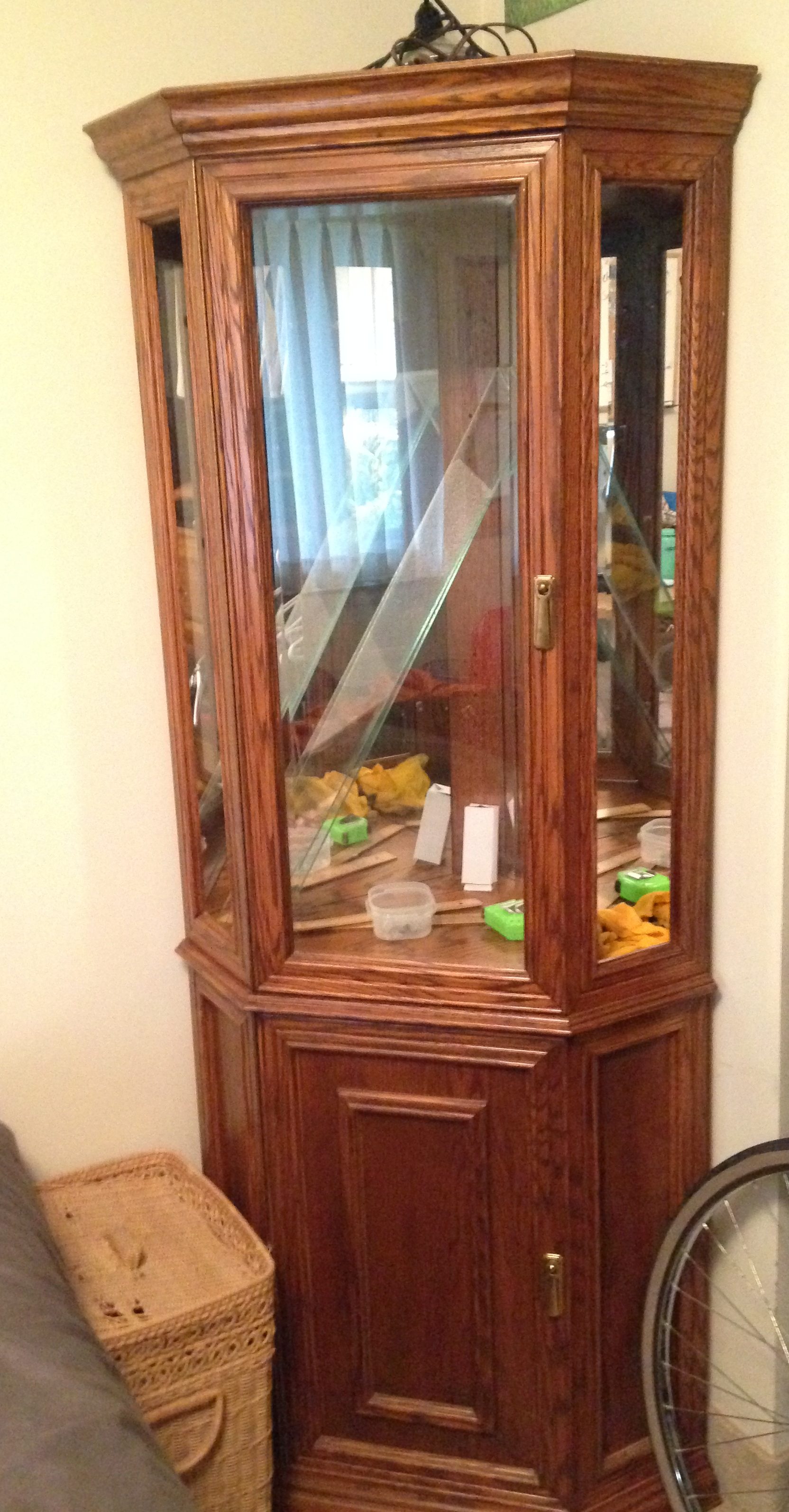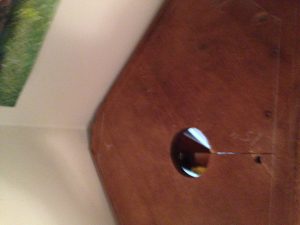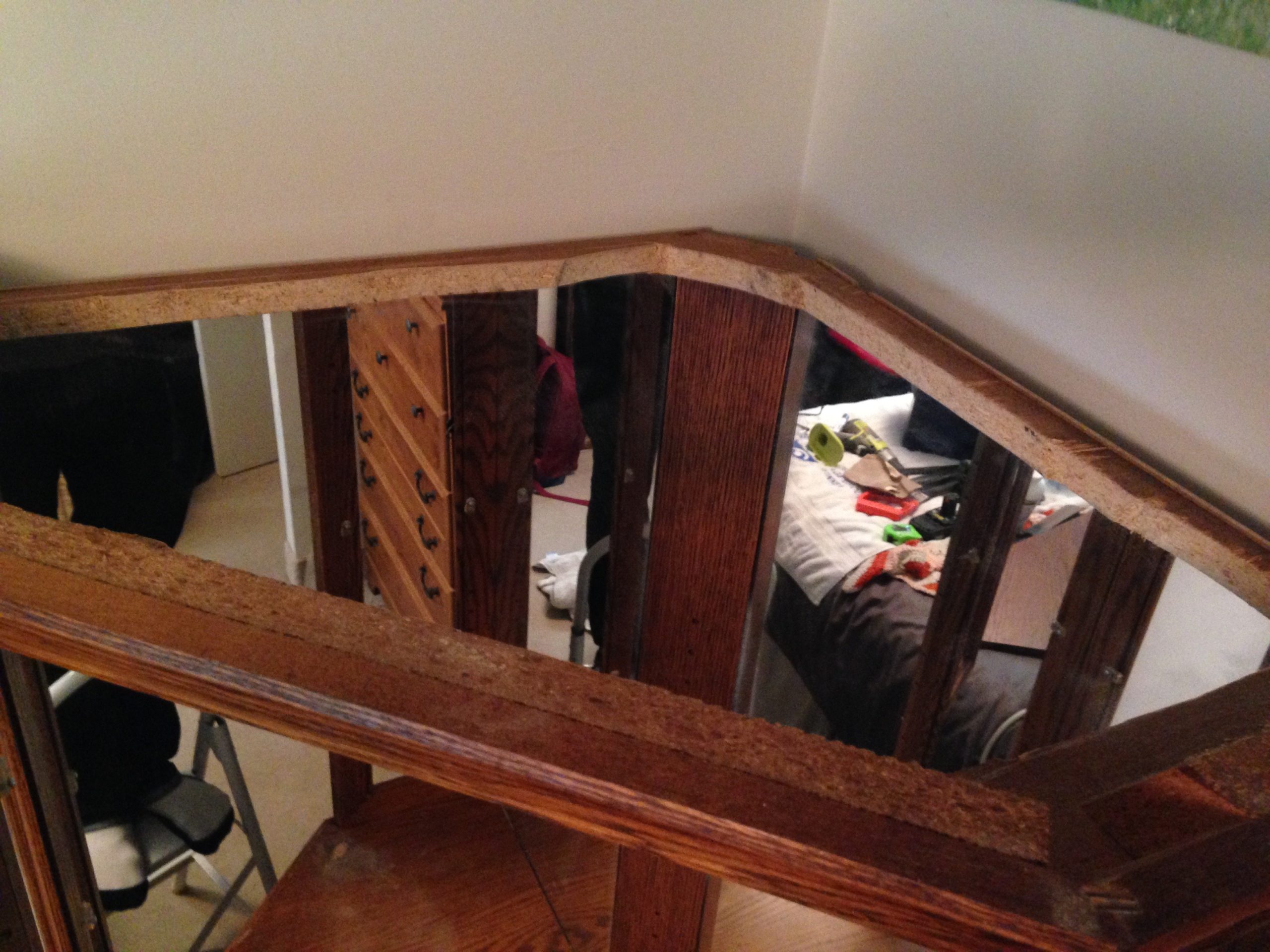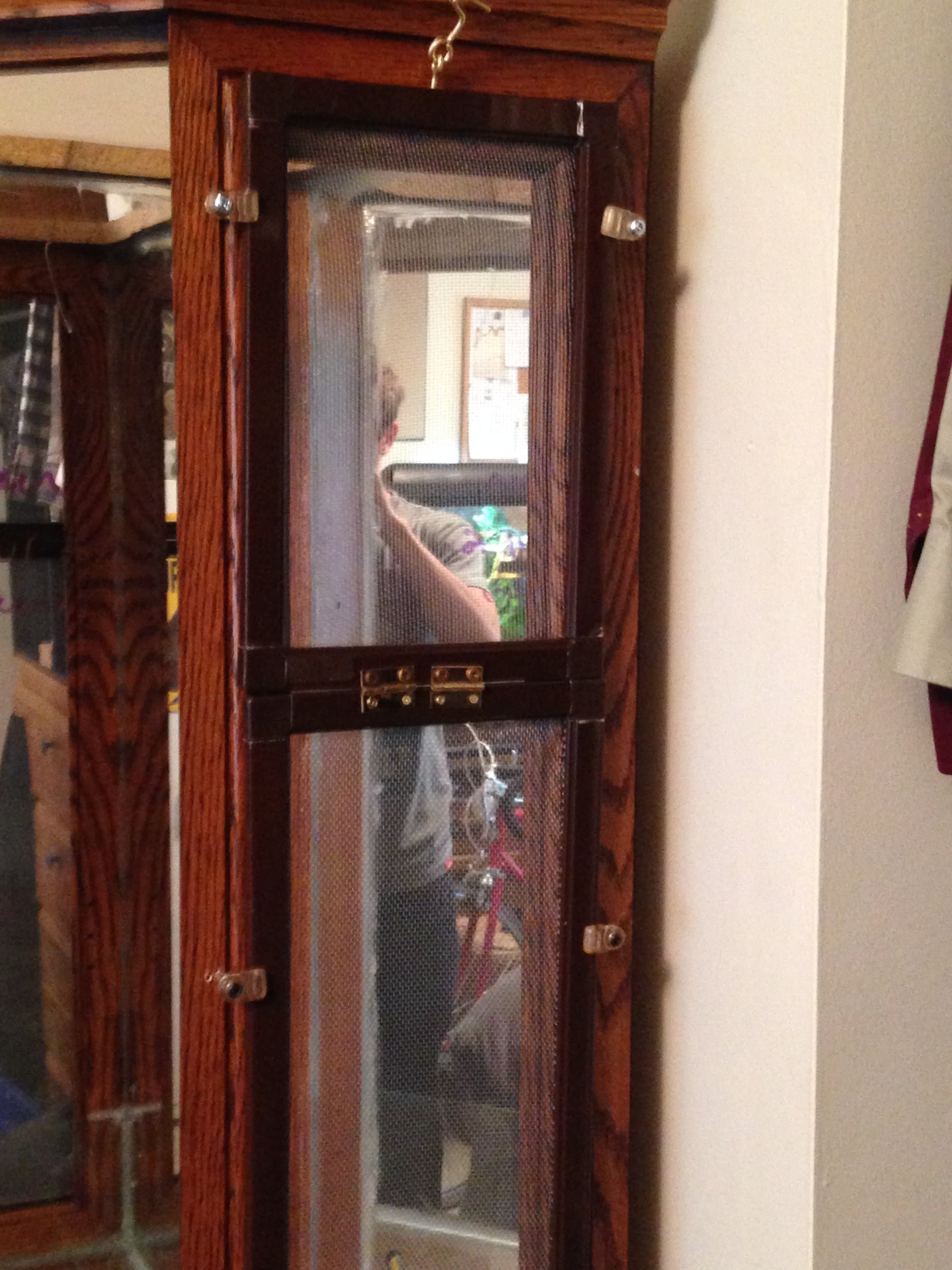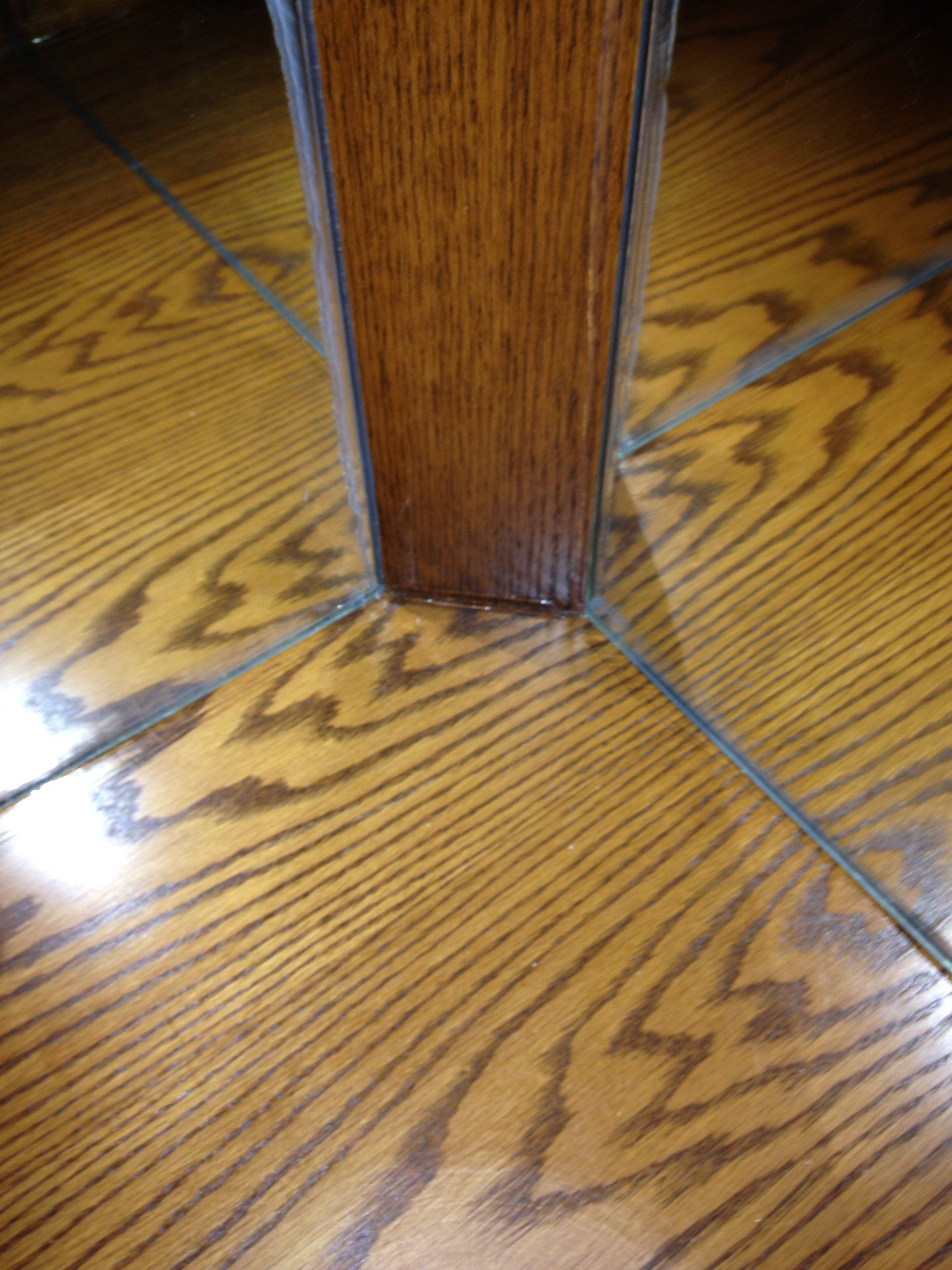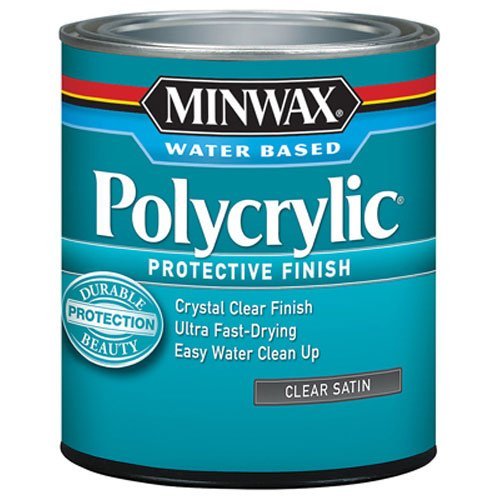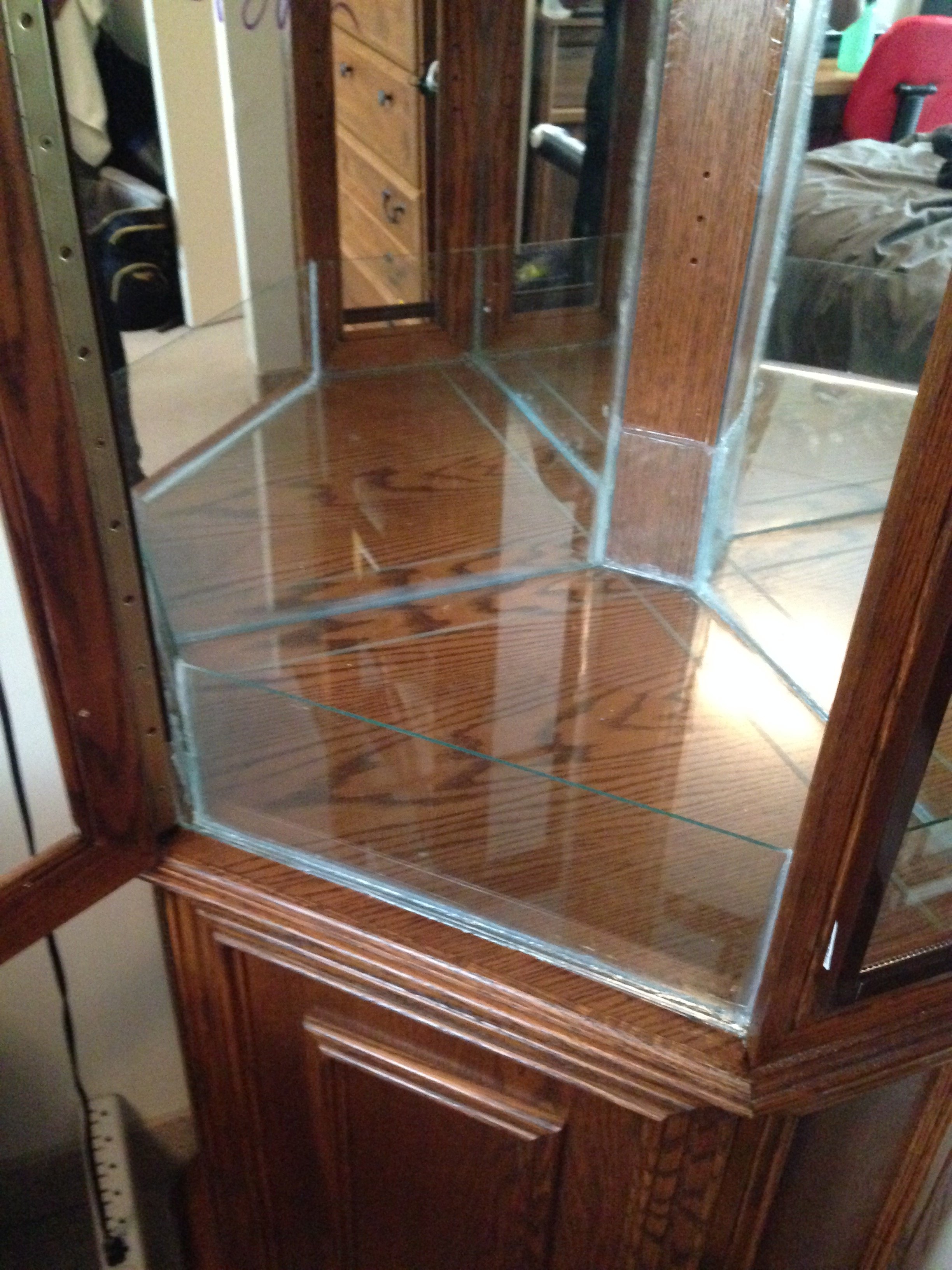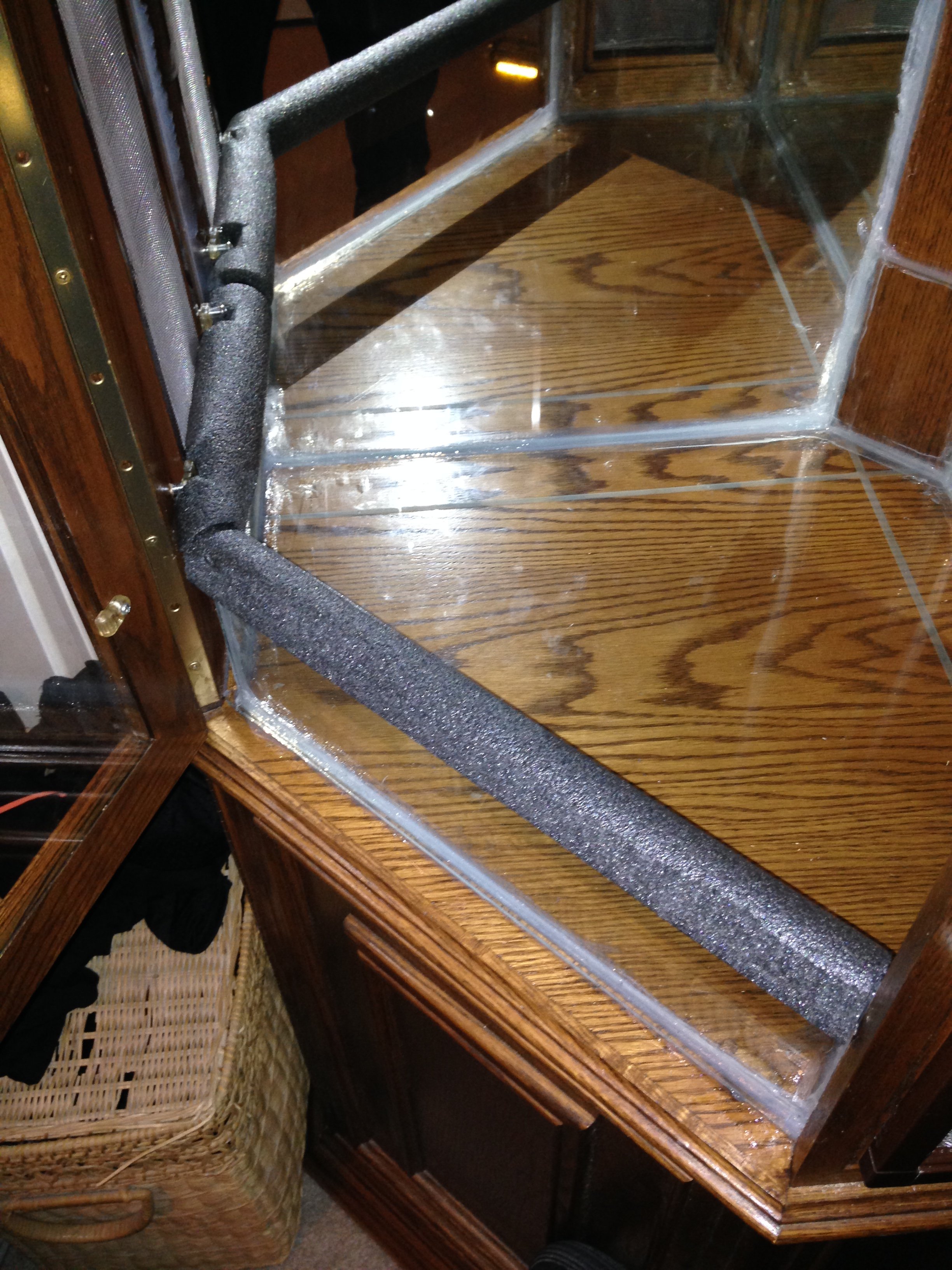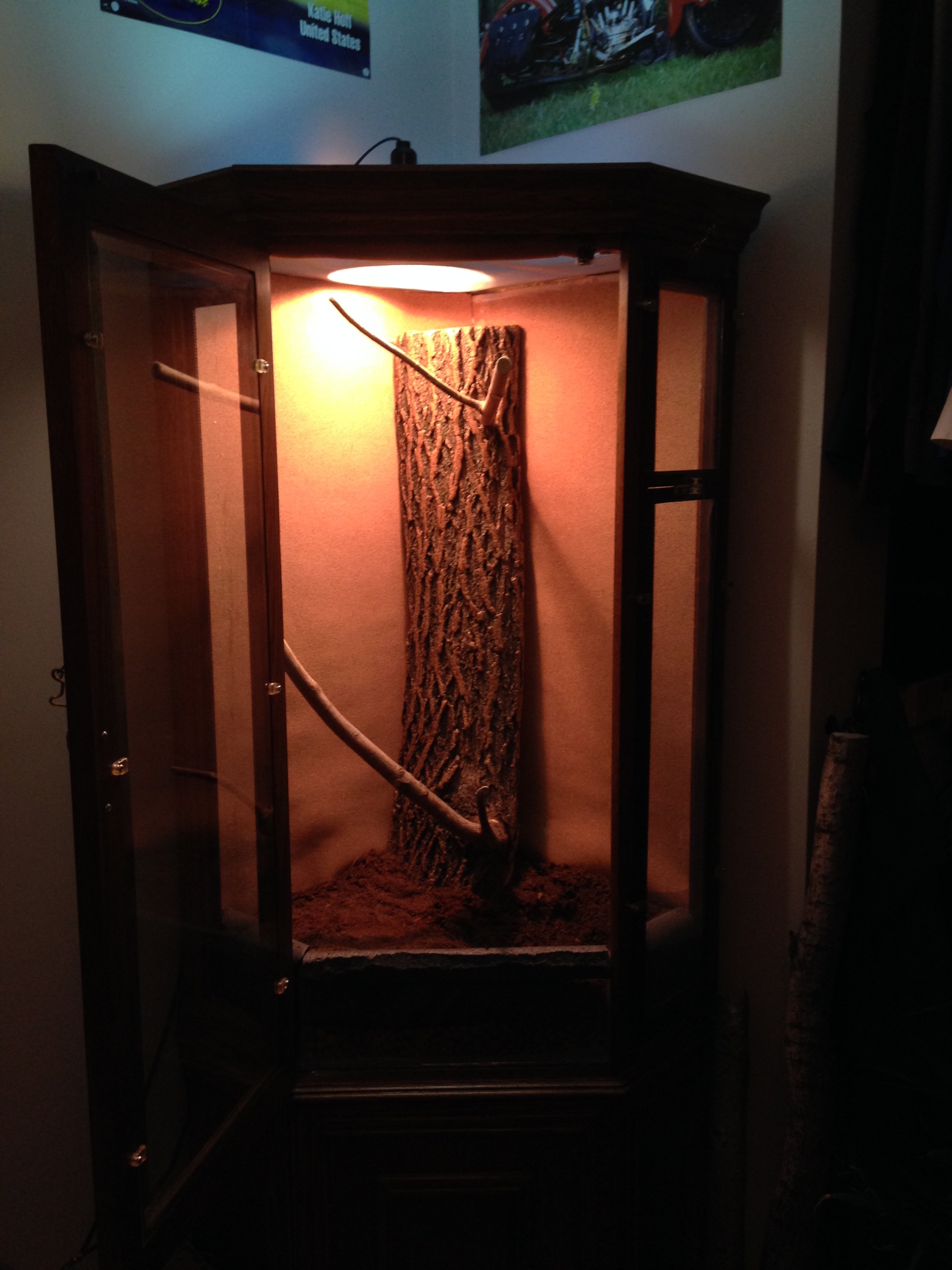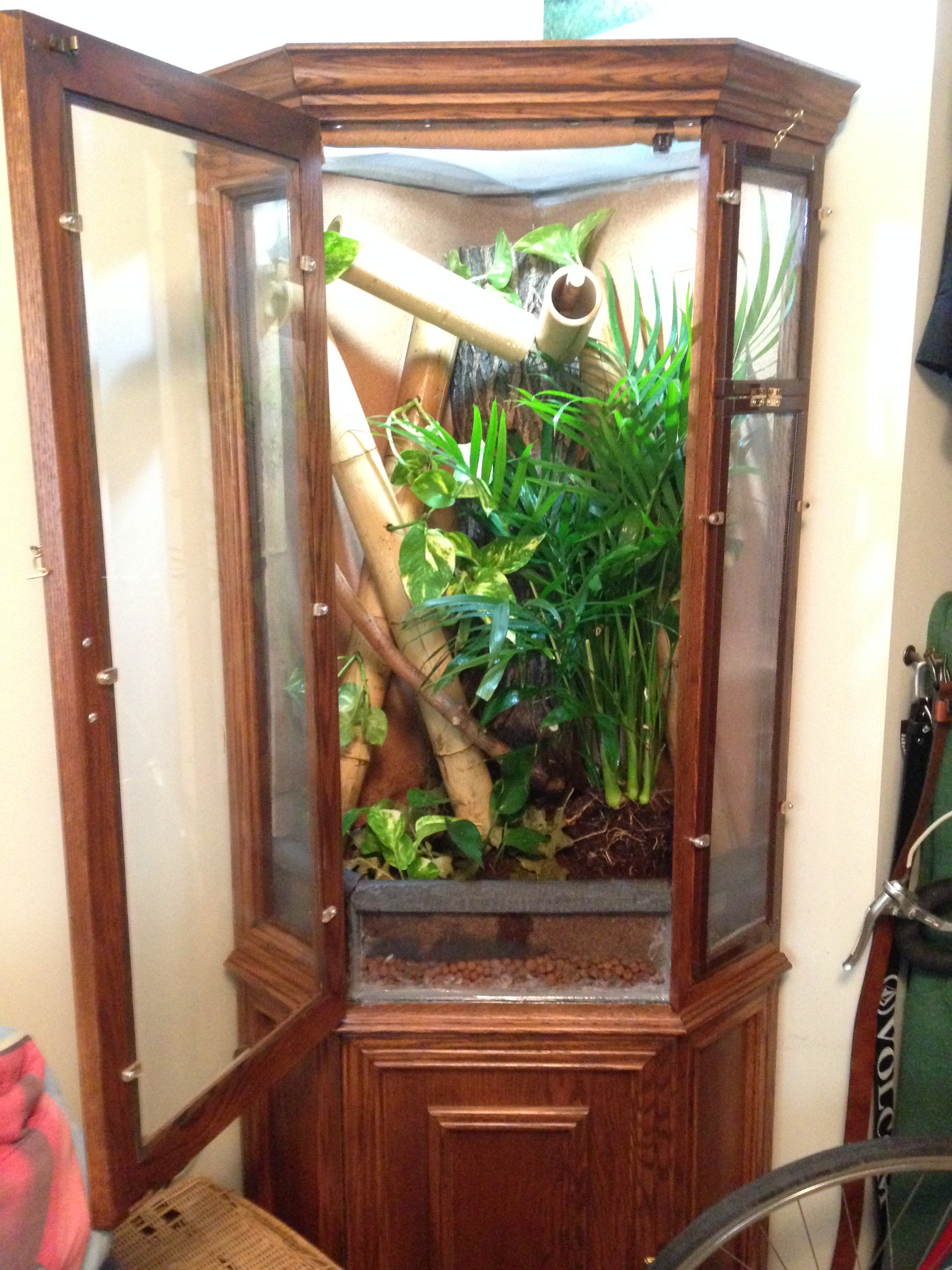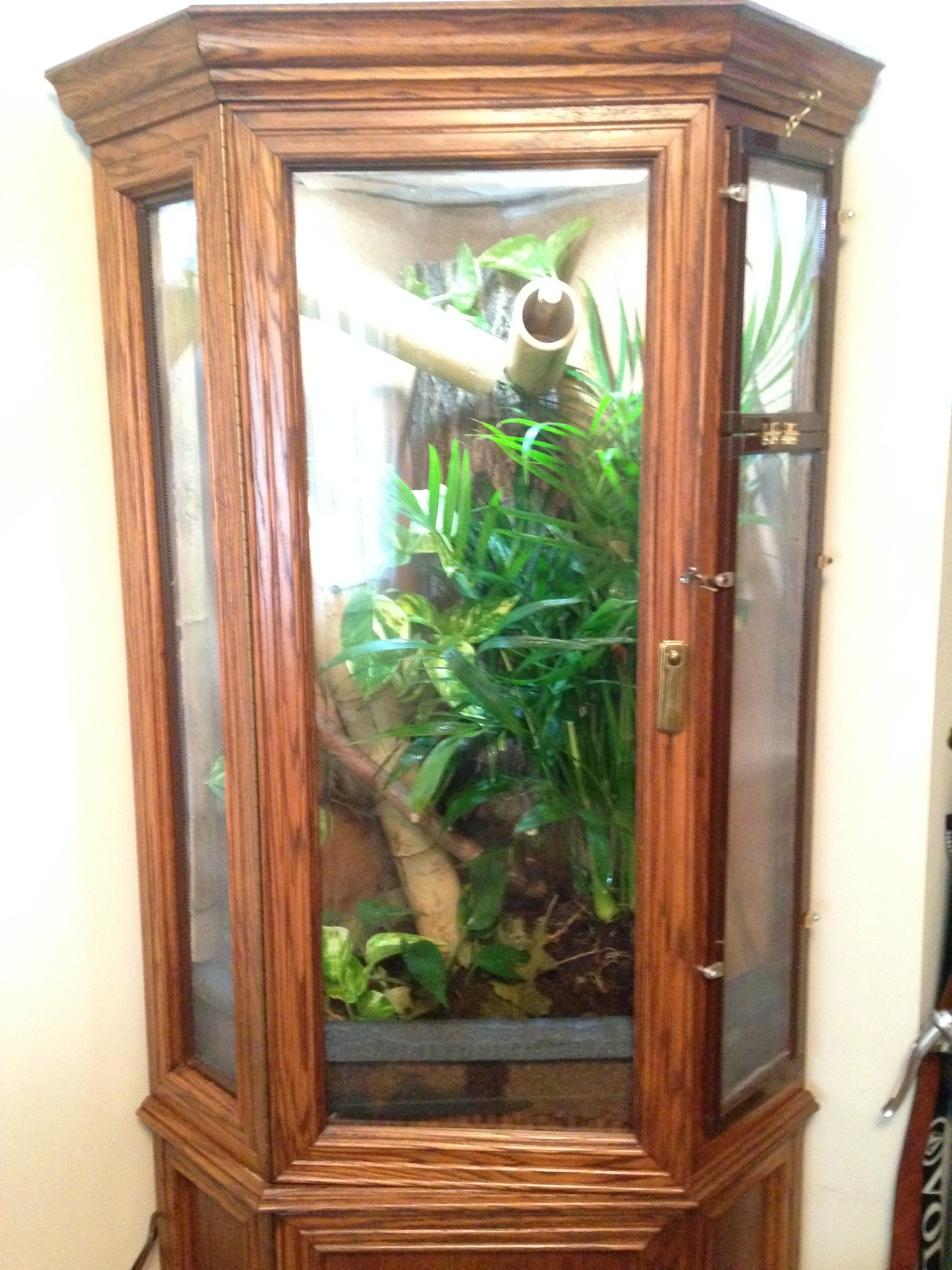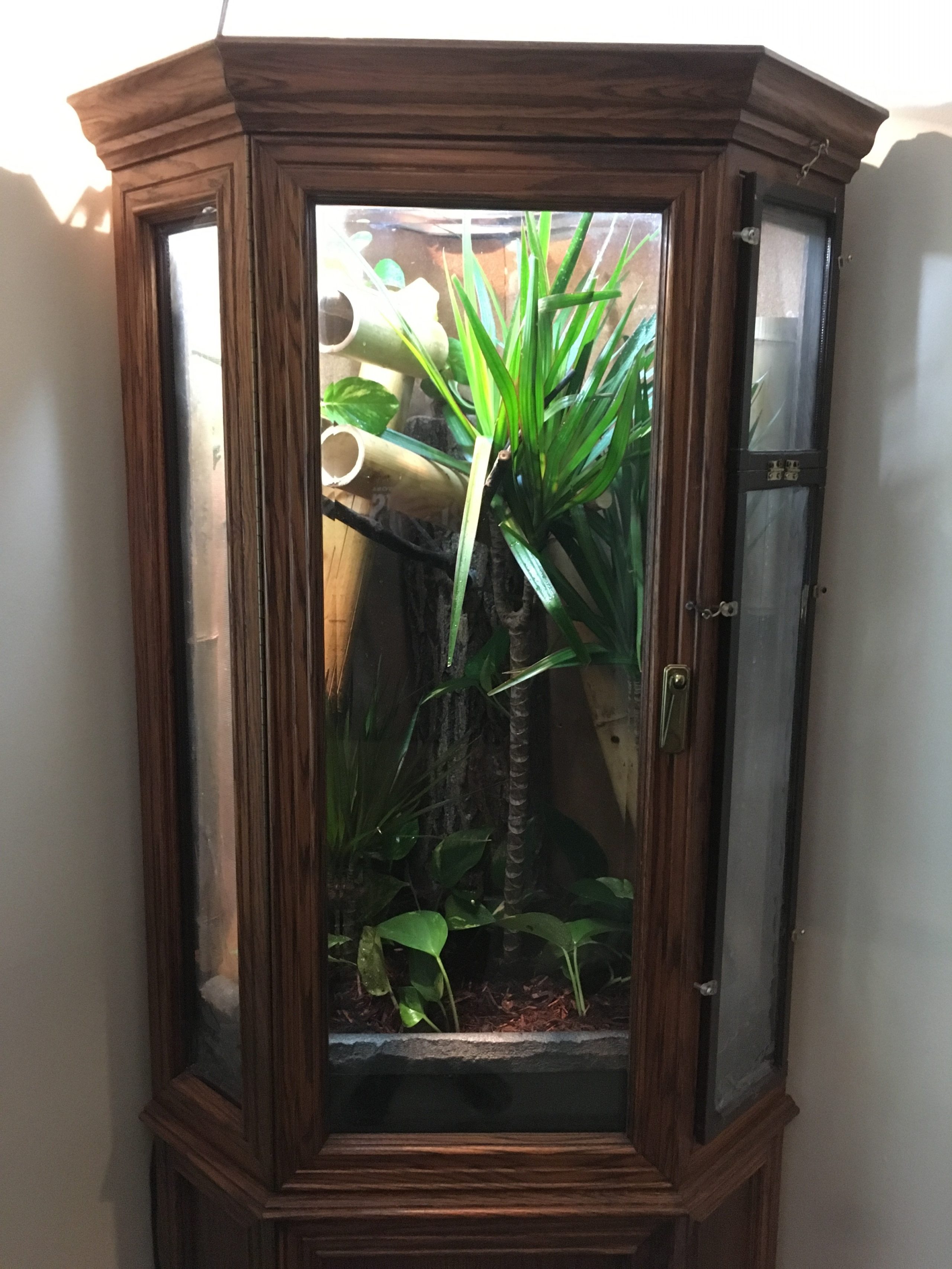Brazilian Rainbow Boa Setup:
Consider this a “check mark” off my wish list! I have recently added a Brazilian Rainbow Boa to my collection and I could not be more excited! In this article I will breakdown how I setup the quarantine tub for this new addition (scroll to the bottom for the video).
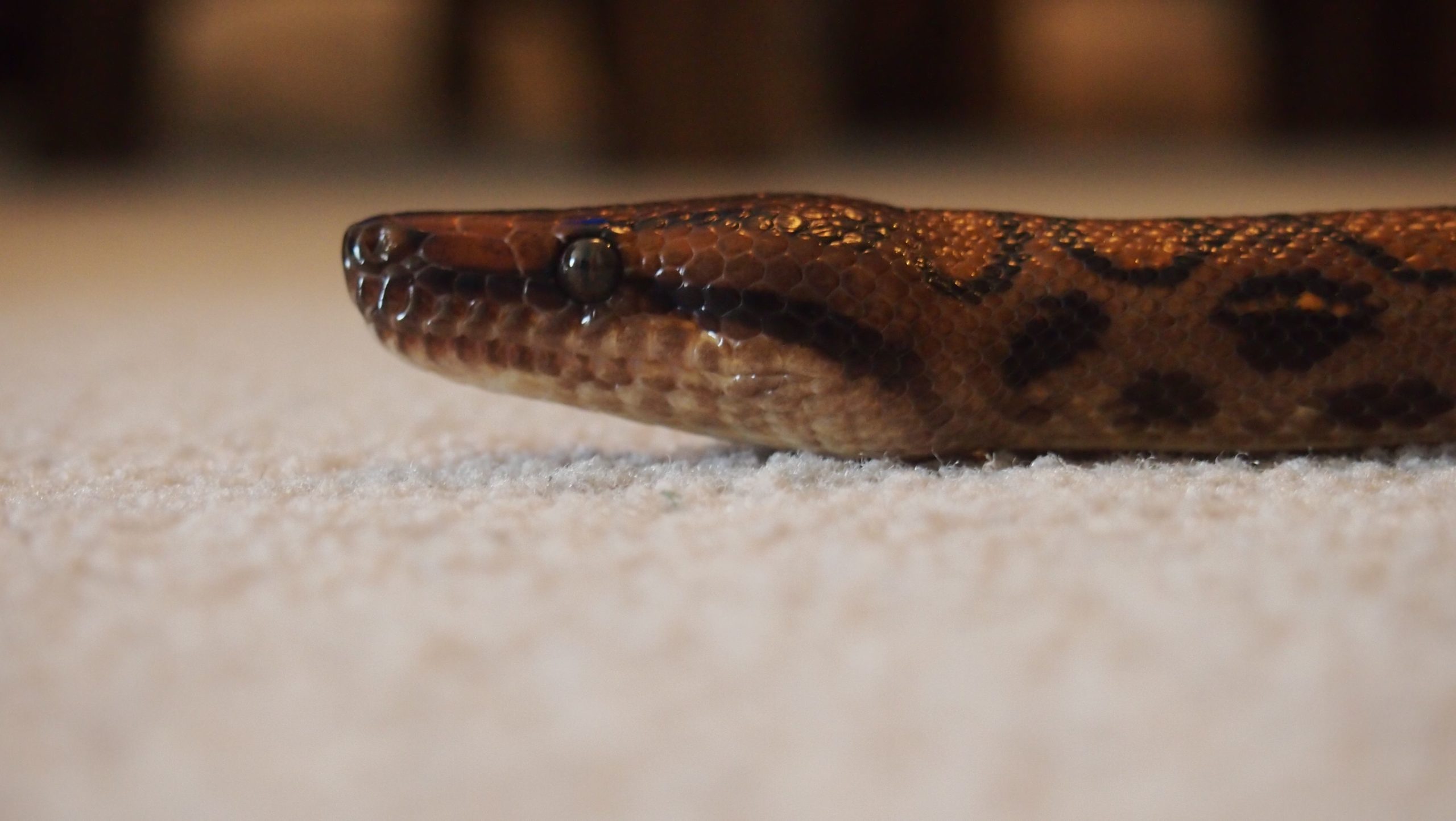
Brazilian Rainbow boas are some of the most beautiful snakes in the world. They range from deep to bright orange in color with a very interesting spotted pattern. Although, what really sets them apart from other snakes is there brilliant iridescence. A rainbow boa under sunlight (or artificial light), explodes with color. They truly glow.
Naturally, when a 2 year old female was posted on my local classifieds I had to scoop her up!
I plan on building her a new adult sized enclosure in the coming weeks but first she must be quarantined!
Why Quarantine?
Anytime you bring a new animal into your home, a quarantine period is highly recommended. An animal may appear healthy but could be carrying parasites, or bacteria/viral infections that could be transmitted to your other animals. A isolation period of 60-90 days is recommended, some people even do 5-6 months to be safe. This means, your new animal should be kept in a separate room (or floor or building if possible) and any tools should be cleaned with bleach before/after use.
Brazilian Rainbow Boa Setup
For the enclosure, I used a Sterilite 110-Quart. This is definitely a little small for her — she is about 44″ and 650 g — but it will work well for the next 60- 90 days as a quarantine enclosure.
The tub has been placed in a quiet corner in a separate room.

Heating
Brazilian Rainbow boas do not require a ton of heat… actually prolonged temperatures over 85°F can be dangerous. That being the case I just went with a medium sized Exo Terra Heat Mat 8 Watt. This mat is more than enough to do the job. Here are the temperature perimeters I aim for:
Cool Side Ambient: 72° – 74° F
Warm Side Ambient: 75° – 80°F
Hot Spot: 83° – 85°F
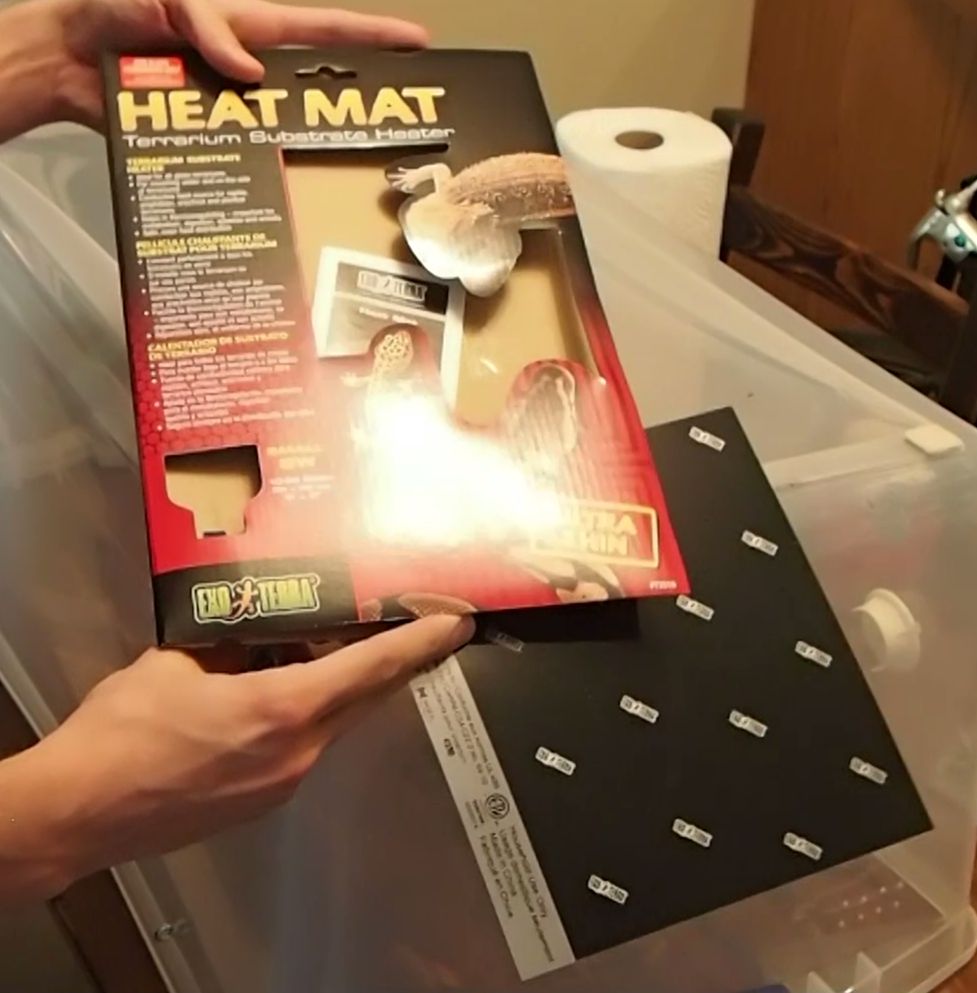
Of course, no heat mat should ever be installed without a thermostat to regulate it! I ordered Inkbird Temperature Controller off of Amazon. It is a good little thermostat so far! Very easy to set up, it was inexpensive and the probe itself is long and detachable which is great!
My only regret is I just noticed they make a slightly more expensive model that is capable of doing Day/Night temperatures! Dang I wish I had noticed that before. Next time that will be the one I order!

Here is how I set up the heat mat and thermostat probe:
- Stick the thermostat probe to the heat mat with foil tape.
- Stick the heat mat to the bottom of the tub (the probe is between the mat and the bottom of the tub)
Normally I would secure the heat mat to the tub with foil tape, but since this is only a temporary Brazilian rainbow boa setup I didn’t bother.
DIY Snake Hide
Here is a quick DIY snake hide for ya! This is a take home food container from Boston Pizza… not sure if you have that restaurant where you live. Anyway, we have a bunch of these laying around and I decided to turn this on into a hide.
Here are the intricate, complicated steps:
- Use pair of scissors and cut out a door
- Use sand paper to smooth the edges
- Done…
Ta Da!
Thermometer
For a thermometer I ordered this: Indoor Outdoor Thermometer Hygrometer. I put the actual device on the cool side of the enclosure, the strung the probe up through the lid, around the back and through a small hole I drill through backside. The device is very basic but seems to be accurate for both the temperature and humidity.
Substrate
Since this is a quarantine tub I have decided to use paper towel as a substrate. Although I hate the look of paper towel as well as the mess it makes when the snake eliminates waste (aspen and/or coco husk tend to absorb more urates and reduce smell), it is much easier to monitor the health of the animal. Mites are much easier to spot and you can inspect their waste much easier.
I treat quarantine tubs the same way I would treat a “hospital tub,” i.e. I err on the side of making things more clinical than visually appealing.
Humidity
If you know anything about Brazilian Rainbow boas you know they need a high level of humidity. These tubs easily hold humidity but a large water dish is necessary to get there.
With a sub-adult to adult rainbow boa you want the humidity to be above 75%, keeping in mind that as long as the substrate isn’t wet there is no such thing as “too humid” for them.
I haven’t had to mist or spray the tub at all and the humidity has balanced somewhere between 85-95%, luckily without producing any condensation.
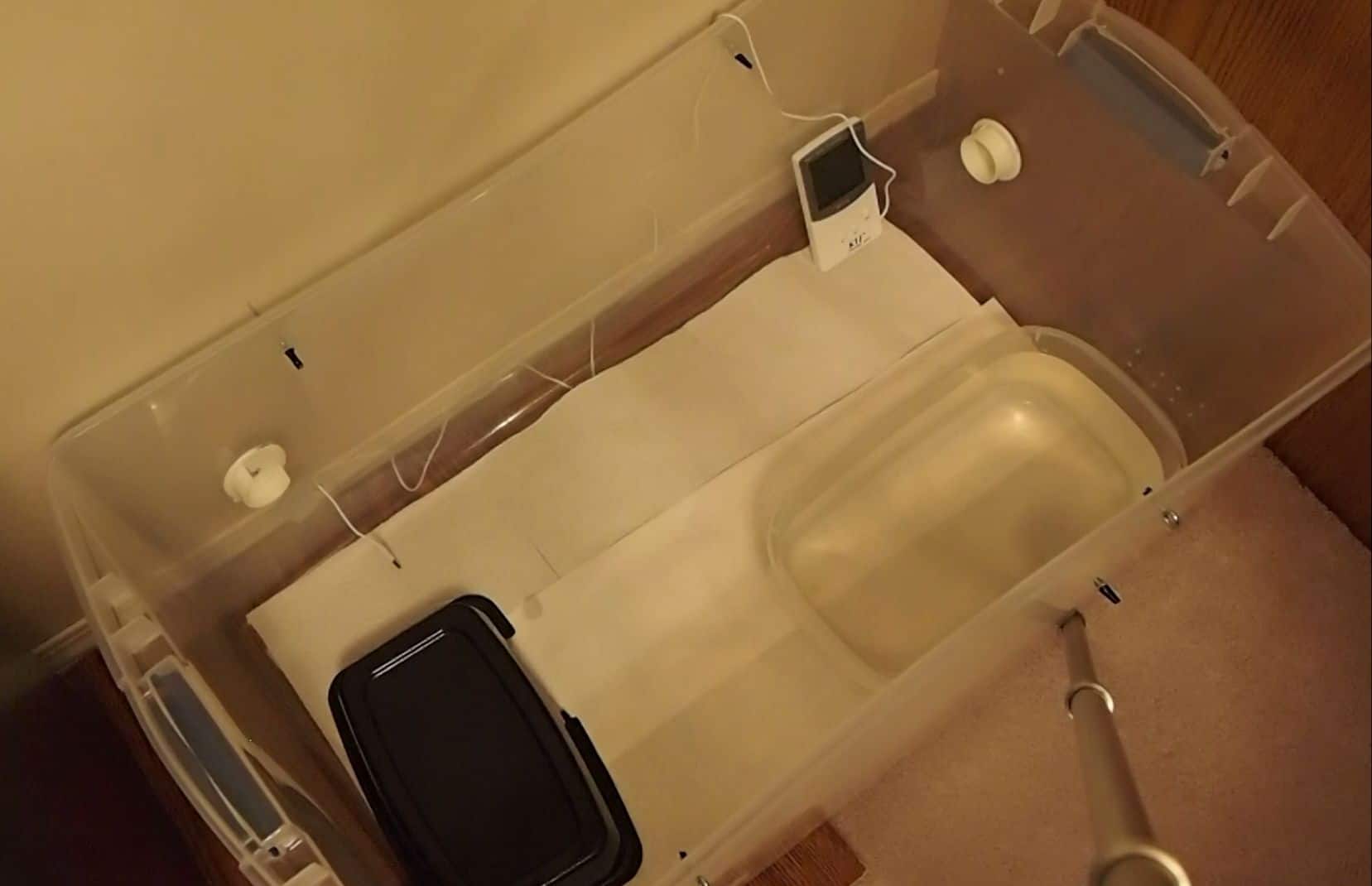
Decor
Again, I didn’t plan on adding much decor to this tub. I did however add a branch to climb on. I purchased Closet Pole Sockets from Home Depot to suspend the branch in the air. Brazilian Rainbow boas aren’t avid climbers but they will climb from time to time. I also added a second hide on the cold side, I just bought it the day after I took the photo below.

Setting the Thermostat
Now that the Brazilian Rainbow boa setup was complete, I was able to set the thermostat and wait to see if my temperature and humidity perimeters fell in line.
The top temperature is when the heat mat turns on and teh bottom temperature is when the mat turns off.
I simply, set the temperatures, plugged in the heat mat and the probe and that’s it! The red LED comes on when the heat mat is on and the temperature on the left hand side of the screen is the current temperature reading.
A few days later I picked up the new snake! So far she seems to be in great health. After letting her settle in for a week, I have been handling her every couple days for 3-5 minutes at a time, she has been very relaxed.
Again, this is an appropriate Brazilian Rainbow boa setup for a smaller animal ( I would say up to 3.5′ and under) or in this case is ideal for a quarantine tub for the next 2 months or so.
I will be doing another DIY snake cage build for this animal so make sure you subscribe on YouTube so you don’t miss it!
